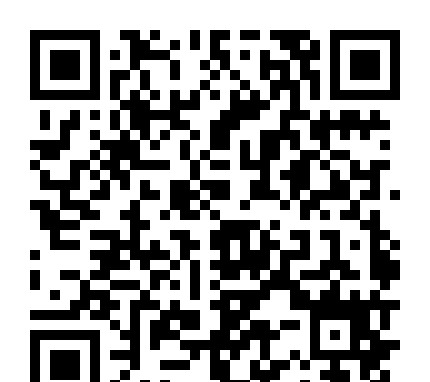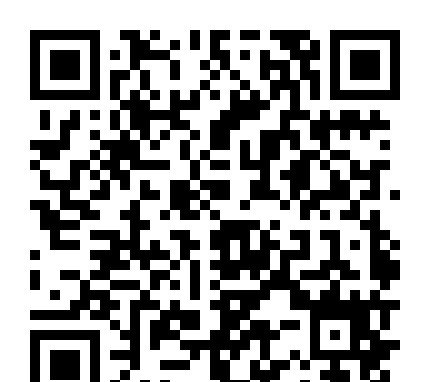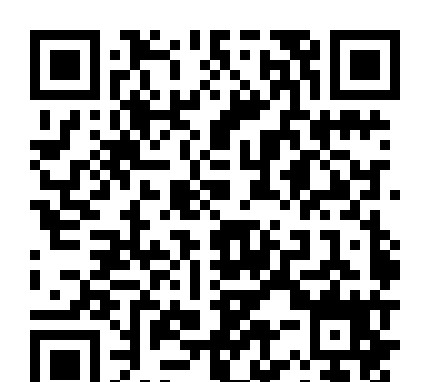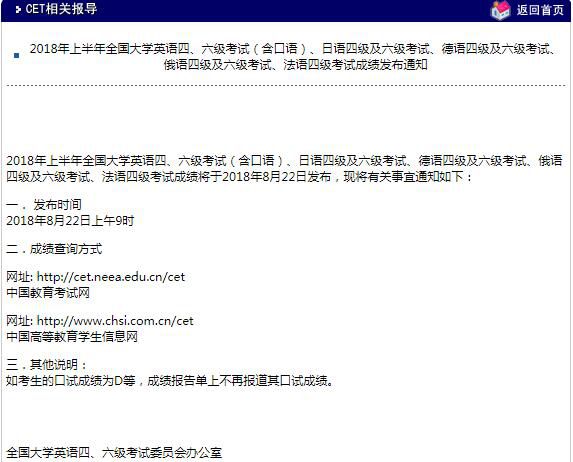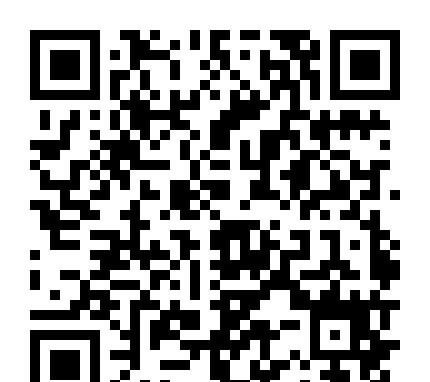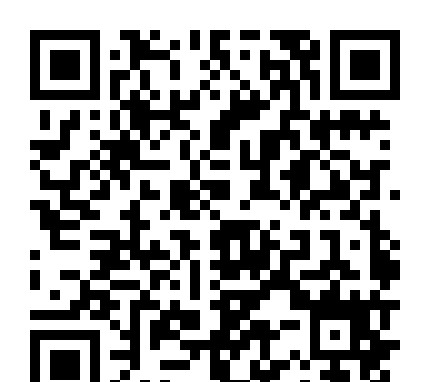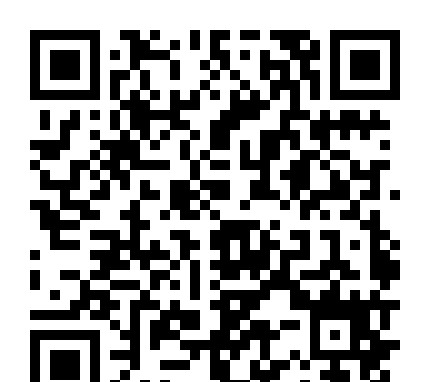|
Passage 39
Historians sometimes forget that history is conunu-ally being made and experienced before it is studied, interpreted, and read. These latter activities have their own history, of course, which may impinge in unex-(5) pected ways on public events. It is difficult to predict when “new pasts” will overturn established historical interpretations and change the course of history.
In the fall of 1954, for example, C. Vann Woodward delivered a lecture series at the University of Virginia(10) which challenged the prevailling dogma concerning the history, continuity, and uniformity of racial segregation in the South. He argued that the Jim Crow laws of the late nineteenth and early twentieth centuries not only codified traditional practice but also were a determined(15) effort to erase the considerable progress made by Black people during and after Reconstruction in the 1870‘s. This revisionist view of Jim Crow legislation grew in Part from the research that Woodward had done for the NAACP legal campaign during its preparation for(20) Brown v. Board of Education. The Supreme Court had issued its ruling in this epochal desegregation case a few months before Woodward’s lectures.
The lectures were soon published as a book. The Strange Career of Jim Crow. Ten years later, in a(25) preface to the second revised edition. Woodward confessed with ironic modesty that the first edition “had begun to suffer under some of the handicaps that might be expected in a history of the American Revolu-tion published in 1776.” That was a bit like hearing(30)Thomas Paine apologize for the timing of his pamphlet Common Sense,which had a comparable impact.
Although Common Sense also had a mass readership.Paine had intended to reach and inspire: he was not a historian, and thus not concerned with accuracy or the(35)dangers of historical anachronism. Yet,like Paine, Woodward had an unerring sense of the revolutionary moment, and of how historical evidence could under-mine the mythological tradition that was crushing the dreams of new social possibilities. Martin Luther King,(40) Jr…… testified to the profound effect of The Strange Career of Jim Crow on the civil rights movement by praising the book and quoting it frequently. 1. The “new pasts” mentioned in line 6 can best be described as the
(A) occurrence of events extremely similar to past events
(B) history of the activities of studying, interpreting, and reading new historical writing
(C) change in people‘s understanding of the past due to more recent historical writing
(D) overturning of established historical interpretations by politically motivated politicians
(E) difficulty of predicting when a given historical interpretation will be overturned 2. It can be inferred from the passage that the “prevailling dogma” (line 10) held that
(A) Jim Crow laws were passed to give legal status to well-established discriminatory practices in the South
(B) Jim Crow laws were passed to establish order and uniformity in the discriminatory practices of different southern states.
(C) Jim Crow laws were passed to erase the social gains that Black people had achieved since Reconstruction
(D) the continuity of racial segregation in the South was disrupted by passage of Jim Crow laws
(E) the Jim Crow laws of the late nineteenth and early twentieth centuries were passed to reverse the effect of earlier Jim Crow laws 3. Which of the following is the best example of writing that is likely to be subject to the kinds of “handicaps” referred to in line 27?
(A) A history of an auto manufacturing plant written by an employee during an autobuying boom
(B) A critique of a statewide school-desegregation plan written by an elementary school teacher in that state
(C) A newspaper article assessing the historical importance of a United States President written shortly after the President has taken office
(D) A scientific paper describing the benefits of a certain surgical technique written by the surgeon who developed the technique
(E) Diary entries narrating the events of a battle written by a soldier who participated in the battle 4. The passage suggests that C. Vann Woodward and Thomas Paine were similar in all of the following ways EXCEPT:
(A) Both had works published in the midst of important historical events.
(B) Both wrote works that enjoyed widespread popularity.
(C) Both exhibited an understanding of the relevance of historical evidence to contemporary issues.
(D) The works of both had a significant effect on events following their publication.
(E) Both were able to set aside worries about historical anachronism in order to reach and inspire. 5. The attitude of the author of the passage toward the work of C. Vann Woodward is best described as one of
(A) respectful regard
(B) qualified approbation
(C) implied skepticism
(D) pointed criticism
(E) fervent advocacy 6. Which of the following best describes the new idea expressed by C. Vann Woodward in his University of Virginia lectures in 1954?
(A) Southern racial segregation was continuous and uniform.
(B) Black people made considerable progress only after Reconstruction.
(C) Jim Crow legislation was conventional in nature.
(D) Jim Crow laws did not go as far in codifying traditional practice as they might have.
(E) Jim Crow laws did much more than merely reinforce a tradition of segregation.
| 
